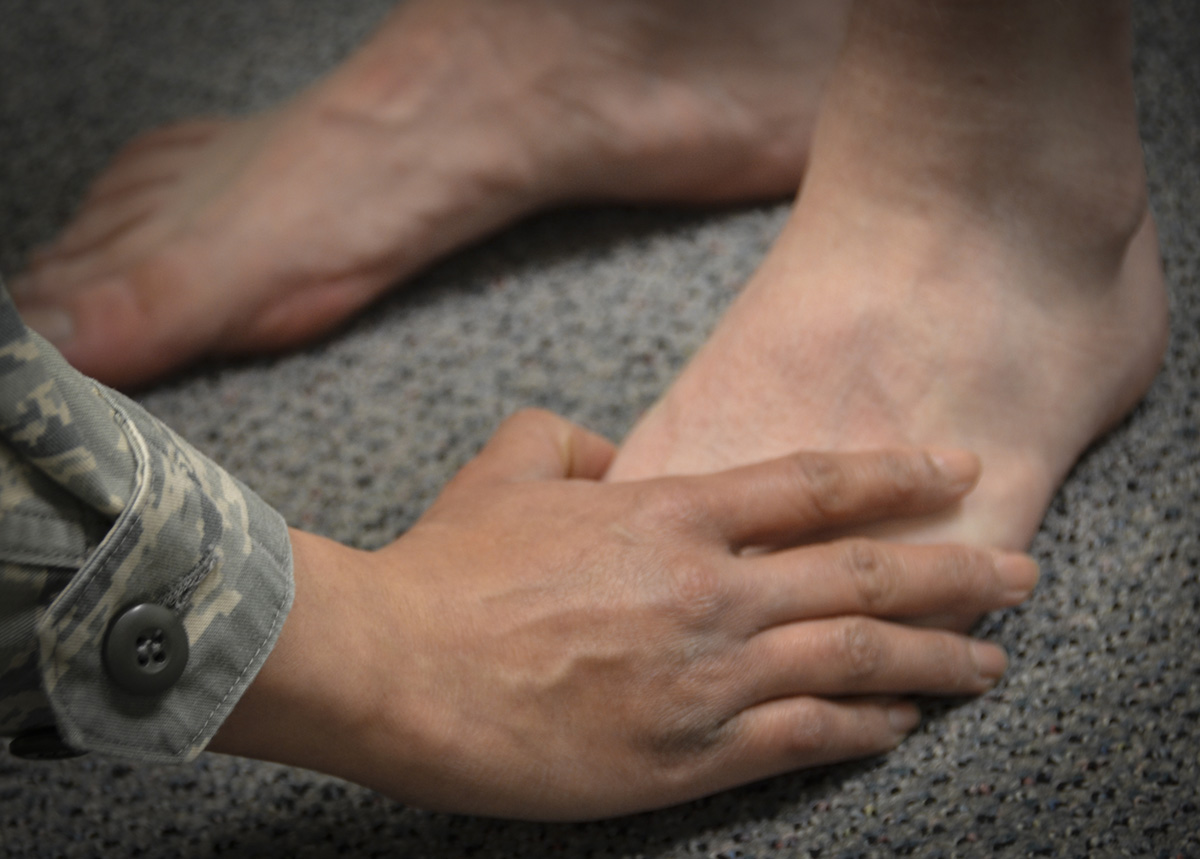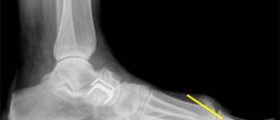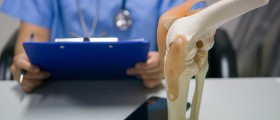
Condition that can affect the young and old is called hallux flexus. Other name used for this disease that affects the motion of the big toe is stiff great toe. This problem can come in many forms, mild and strong, and it usually produces many problems on human body.
General
The man called Cotterill used the name hallux flexus for the first time. But he was not the one who first found and described the condition. This was done by the Davies-Colley in the 1887. This condition is similar to the degenerative arthritis. Hallux flexus causes problems such as osteophyte, joint mechanics alteration, wearing off the cartilage and range of motion pain. As we have mentioned. This disease usually affects younger people and adults. We can say that this is one of the most common conditions of this kind. Some of the studies show that there is a great chance of bilateral involvement after the surgery. Most of these cases have a family history related to this condition.
Pathophysiology
This problem can be compared to the degenerative arthritis, in any of the joints. Stress can be caused by many reasons such as abnormal joint mechanics, injury and overuse. There were many studies conducted in order to know as much as we can about this problem. They have agreed that chondral erosions, which are created by the hallus flexus, impact the dorsal articular surface of the MT. If the cartilage dehydration is present, it will cause articular degenerative alterations. Stress is caused and subchondral bone can have increased density because of this. Other problems that may arise from this are denuded cartilage, osteophytes and cystic changes. One of the problems which are caused by this condition is the pain, lateral forefoot pain induced by bearing weigh or by wearing improper shoes. Pain that is usually experienced is located on the top of the big toe. Problems like stiffness, impaired range of motion, and dysesthesia are also possible. Tender dorsal osteophyte suggests hallux flexus, while pain experienced through whole range of motion suggests degenerative arthritis in the late stage.
Treatment
This condition can be treated without going on the surgical room. But if the problem is serious, treatment will require surgery. There are several different procedures done for different cases of hallux flexus. Those are cheilectomy, MT osteotomy, arthrodesis and joint arthroplasty, which are joint sparing procedures. If the range in less than 50 % and the problem is mild, dorsal cheilectomy is performed. Excisional arthroplasty can lead to many complications and it is best to just avoid it. If the problem is more serious and in later stages, one great procedure can be done, and it is MTP arthrodesis. We recommend this procedure as effective and safe. One of the treatments that cannot be done in any case is silicone implant arthroplasty.





-Symptoms,-Diagnosis,-Treatment_f_280x120.jpg)











Your thoughts on this
Loading...